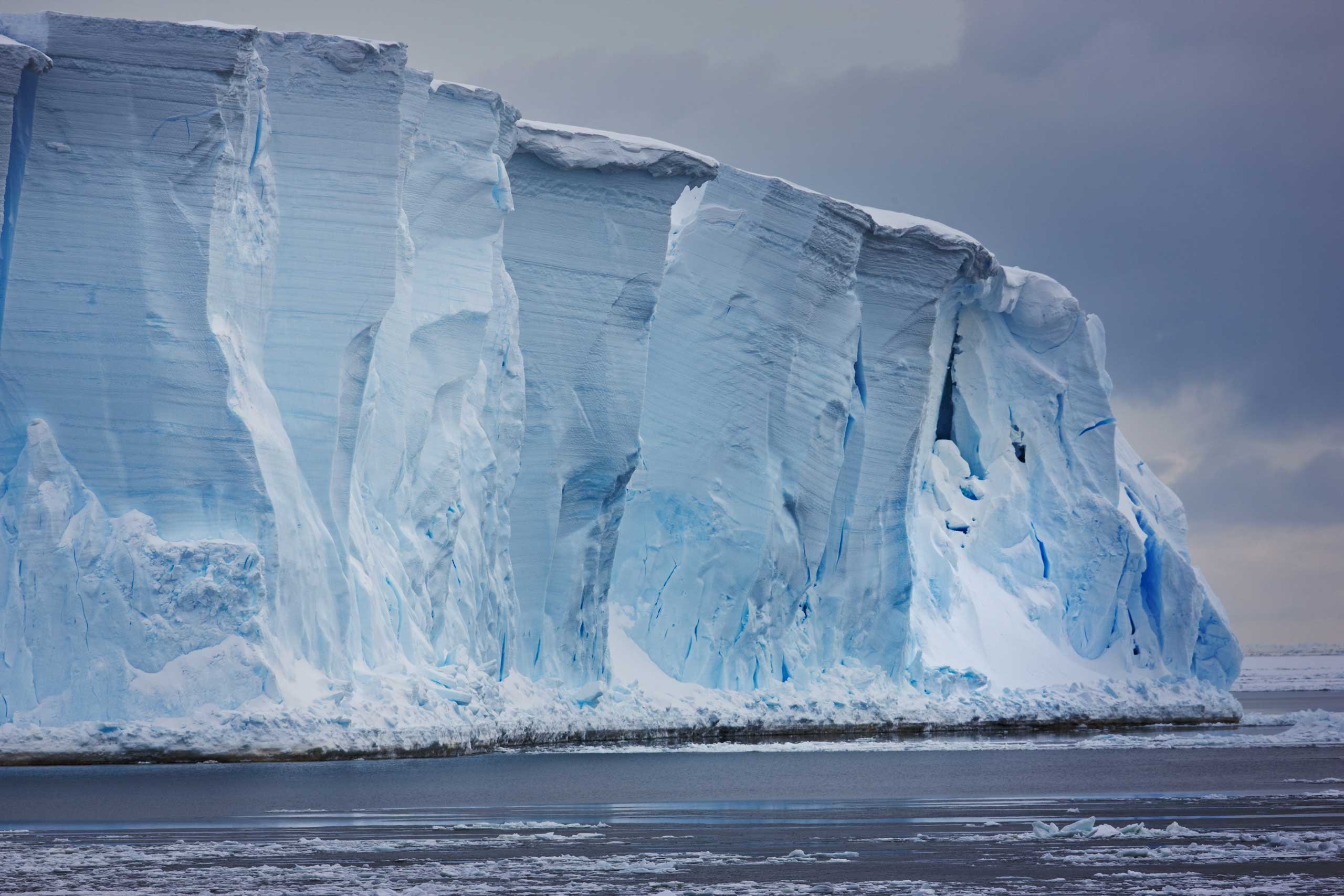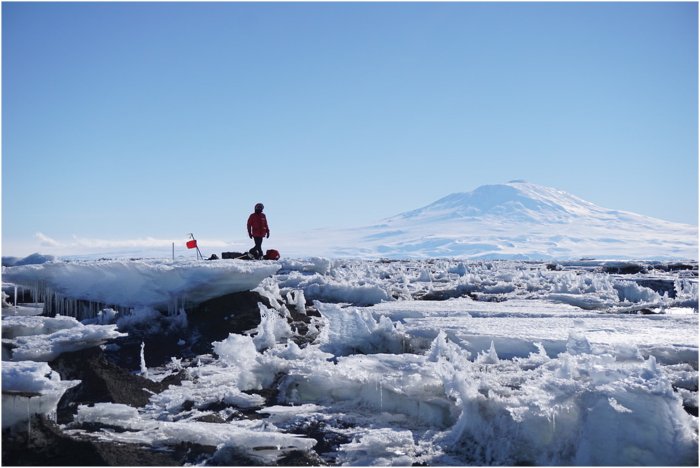Eerie Hum Produced By Antarctica’s Ross Ice Shelf Helps To Monitor World’s Largest Body Of Floating Ice
MessageToEagle.com – Antarctica’s Ross Ice Shelf is producing eerie hum while winds are blowing across the snow dunes.
This hum (or “singing”) is too low in frequency to be audible to human ears, but the new findings suggest scientists could use seismic stations to continuously monitor the conditions on ice shelves in near real-time, according to a new study to better understanding of the physical properties of the Ross Ice Shelf.

The Ross Ice Shelf is Antarctica’s largest ice shelf, a Texas-sized plate of glacial ice fed from the icy continent’s interior that floats atop the Southern Ocean.
Researchers buried 34 extremely sensitive seismic sensors under its snowy surface. The sensors allowed the researchers to monitor the ice shelf’s vibrations and study its structure and movements for over two years, from late 2014 to early 2017.
Analyzing seismic data on the Ross Ice Shelf, they discovered winds whipping across the massive snow dunes caused the ice sheet’s snow covering to rumble, like the pounding of a colossal drum.
Additionally, the pitch of this seismic hum changed when weather conditions altered the snow layer’s surface. They found the ice vibrated at different frequencies when strong storms rearranged the snow dunes or when the air temperatures at the surface went up or down, which changed how fast seismic waves traveled through the snow.

“It’s kind of like you’re blowing a flute, constantly, on the ice shelf,” Julien Chaput, a geophysicist and mathematician at Colorado State University in Fort Collins and lead author of the new study, said in a press release.
Just like musicians can change the pitch of a note on a flute by altering which holes air flows through or how fast it flows, weather conditions on the ice shelf can change the frequency of its vibration by altering its dune-like topography, according to Chaput.
“Either you change the velocity of the snow by heating or cooling it, or you change where you blow on the flute, by adding or destroying dunes,” he said. “And that’s essentially the two forcing effects we can observe.”
Studying the vibrations of an ice shelf’s insulating snow jacket could give scientists a sense of how it is responding to changing climate conditions, according to Douglas MacAyeal, a glaciologist at the University of Chicago who was not connected to the new study but wrote a commentary about the findings also published today in Geophysical Research Letters.
Changes to the ice shelf’s seismic hum could indicate whether melt ponds or cracks in the ice are forming that might indicate whether the ice shelf is susceptible to breaking up.
“The response of the ice shelf tells us that we can track extremely sensitive details about it,” Chaput said. “Basically, what we have on our hands is a tool to monitor the environment, really. And its impact on the ice shelf.”
MessageToEagle.com










